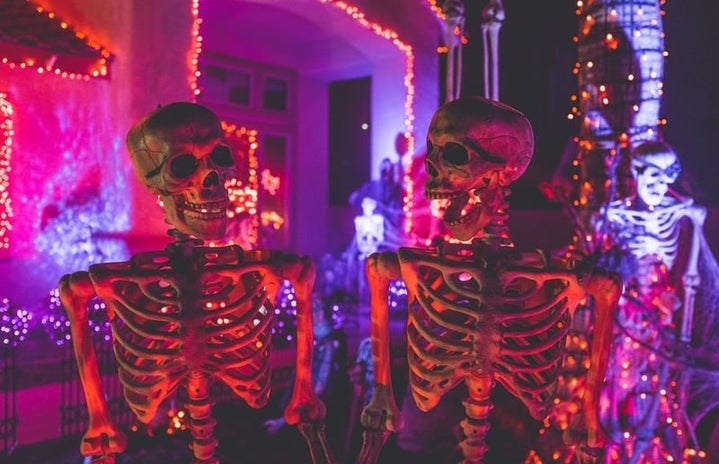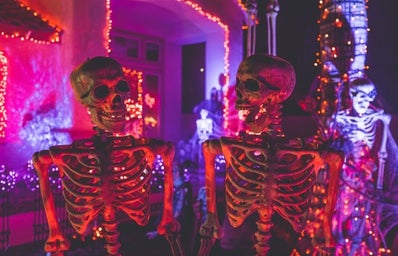Every year college students, young adults and teenagers alike dress up for a night or two around Halloween. There’s fun all around with costumes – from favorite cartoon characters, to spooky movie villains to even condiments.
While most of the Halloween festivities are careless and fun, there always seems to be someone dressed up as an indigenous person or wearing a sombrero, for example.
Halloween is supposed to be about having fun and enjoying a night with friends, but why do people take this one holiday to make costumes out of cultures and people, that aren’t supposed to be costumes?
It’s a question I have always asked myself because if it weren’t Halloween, most people wouldn’t think it’s appropriate to take from other cultures.
What is cultural appropriation?
Cultural appropriation is defined as the act of taking or using things from a culture that is not your own, especially without showing that you understand or respect this culture, according to the Cambridge Dictionary. One example could be a white person putting their hair in cornrows or box braids because it’s ‘trendy,’ without understanding the history behind styles like this and understanding that their hair type isn’t made for the style in the first place.
For Halloween, one popular costume that can often lead to some questionable choices is deciding to be a “rasta” man or better yet, Bob Marley. Throwing on a red, yellow and green beanie attached to some questionable dreads is never a good Halloween Costume.
Halloween sTYLE AND Racial Insentivity
Over the years, costumes have become more focused on either being cute, sexy or comedic. Yet, every Halloween season someone’s last-minute costume idea becomes a matter of racial insensitivity or just plain questionable.
Halloween originated in the present-day area of Ireland, the UK and France and was originally celebrated as marking the end of summer and the start of colder weather, as said by History.com. This colder weather was also believed to be a time of the year associated with human death.
Over the years, the holiday became much more widespread and people began dressing up in costumes and trick-or-treating between the years 1920-1950.
Since then, Halloween has always had underlying tones of bad costumes and questionable outfit choices. Even today in the year 2021, you can find “sexy” native American costumes on Amazon. Unfortunately, Party City even sells a “colonial” kids costume that is listed on their website as a Harriet Tubman/Susan B. Anthony, alongside a picture of a young black girl carrying an old portable lamp.
Amazon also features other costume ideas from a sombrero costume with a mustache and maracas to horrible “Egyptian” costumes and many more.
Conclusion and fINAL tHOUGHTS
Halloween, in theory, should be about having fun, getting free candy and dressing up in fun ways that you can’t usually do on a regular day. There should be no reason why costumes like this are still being bought and sold.
People must realize that other culture’s should never be used as a costume for their Halloween outing. Even in a more socially progressive America, people are still taking Halloween as their one chance to be racist.
I have never quite understood the parallels between Halloween and cultural appropriation.
Underrepresented and mistreated minority communities have never been appropriate costume ideas, and avoiding insulting someones’ culture this Halloween season should not have been this difficult. Even this year speaking to some of my classmates and hearing students conversations on campus, one girl told me her last-minute costume idea was to put on a sombrero and say its “day of the dead” inspired. To many, this could only come across as a lazy and questionable last-minute costume.
If you can’t think of something to wear be a devil, a cat or even a ketchup bottle. Do not dress up as someone else’s culture.


